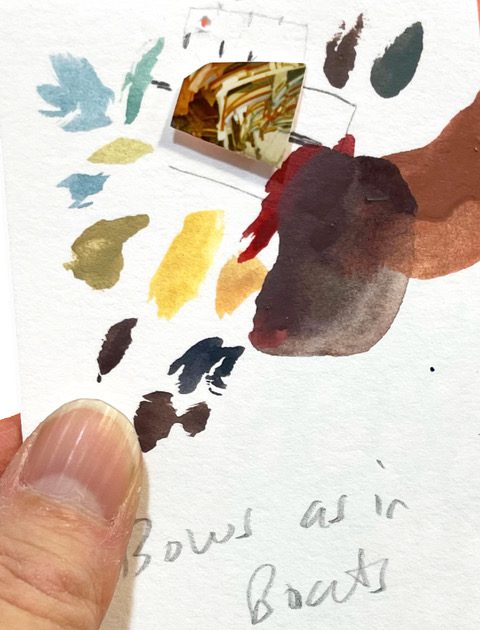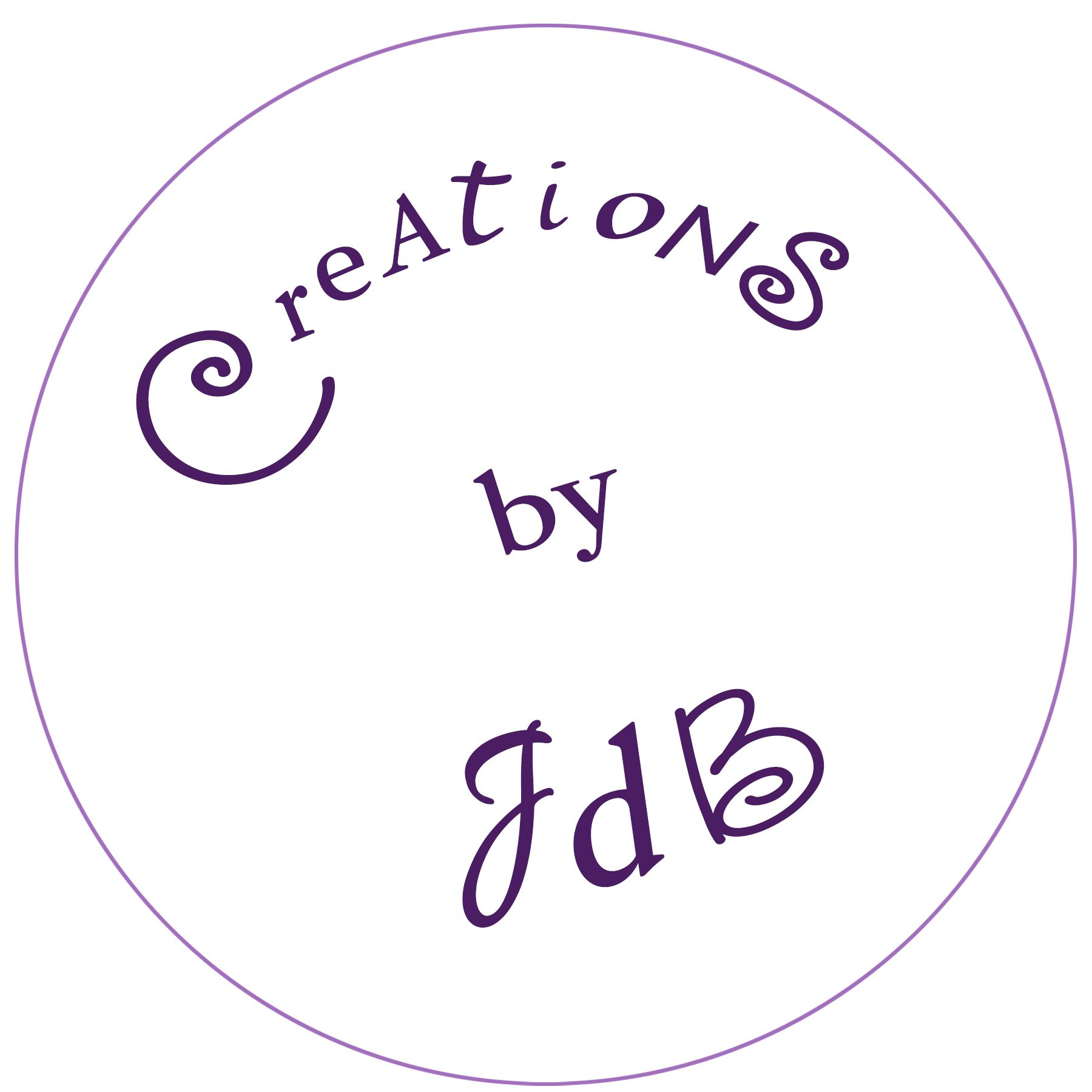Tell us a little bit about yourself. Where are you from? What’s your background in Art?
I am from many places which is the driving force behind my work as an artist. I was born in Boston, MA and grew up in the Boston area, Montreal, Denver and Bermuda. My grandfather was a Bermuda landscape painter and my mother is a multi-media artist and painter there. These relationships to place and family helped form and inform my work. I studied fine arts and graphic design at Skidmore College and continued studying design at Parsons in Paris where I met your husband, Jason Burrell. My commitment to being a painter began after attending the Lacoste School of Arts in 1994. I have maintained a steady practice since then.
Do you have people who inspired you to create? In what way?
The list is long but it begins and ends with Philip Guston. I saw his work in person for the first time in college on a field trip to NYC. I was enthralled by the array of color he milked from cadmium red, mars black and titanium white. He has continued to enrich my life and artwork for almost 40 years. (Other artists who inspire me: Susan Rothenberg, Louise Bourgeois, Katherine Bradford, Aubrey Levinthal, EJ Hauser, Luc Tuymans, Giorgio Morandi, Pierre Bonnard to name a few). But the people in my life who have most inspired me to create are my studio mates, fellow artists and friends, Celeste Fichter and Marti Cormand. I am grateful for their support, input and friendship. They keep me buoyant and swimming.

What type of work are you currently doing? What themes are you working with?
I am currently working on the “Viewfinder” series of acrylic and oil paintings. The title refers to the small plastic souvenirs prominent in the 70’s. Held to one eye, a peep hole serves as a myopic porthole to an image, a memory. My keepsakes and family albums are gone and in order to reclaim what is lost, I paint from collected snapshots of the 1960’s -1970’s, faded symbols of history. Cropped or masked portions of the small prints are scaled up to medium and large canvases. Gaps, remnants, frames and missing figures are a near constant feature in my work. The representational and abstract paintings re-contextualize and memorialize a lost narrative. Portals to the past.

If you have a practice for separating your personal Art from your professional Art, what is it?
I am an Anaplastologist when I am not in my studio. Anaplastology is the medical art of creating life-like silicone prosthetics. I have a lab at home and see patients at a Maxillofacial Prosthodontists office in Manhattan. My focus is facial prosthetics for patients who have survived cancer or trauma. The practice of matching skin tones in silicone led to an exploration in color matching in painting, an interest in capturing the chalky palette of the faded photographs.
What part of your Art-making process do you enjoy most?
I enjoy searching, sitting at my table, sifting through photographs, waiting to land on the next image to paint. What catches my eye this time? I continue to sort through the same stacks of pictures over the years and find new inspiration each time I look.
At the moment, which are your favorite mediums and why?
I have favored Golden High Flow acrylic paint for years. It is a mainstay in my work. I love its high saturation and its versatility, thin washes to full chroma. I love its fluidity, its drips and splatters.
Do you have a favorite product or tool you wouldn’t mind sharing with other artists?
My favorite tool is my swatch card. It is a scrap piece of paper that I adhere the cropped photo to like a stamp on an envelope. I hold it while mixing acrylic in deli coffee cups or while mixing oil on a palette and brush small dabs of color next to the image on the white paper to see how close I’ve come to a match.



Do you have a favorite product or tool you wouldn’t mind sharing with other artists?
My favorite tool is my swatch card. It is a scrap piece of paper that I adhere the cropped photo like a stamp on an envelope. I hold it while mixing acrylic in paper coffee cups or while mixing oil on a palette and brush small dabs of color next to the image on the white paper to see how close I’ve come to a match.
Do you have advice for other artists who might be thinking of following in your footsteps?
My advice to other artists is to show up. Being an artist takes discipline. It means showing up to your studio regularly, it means showing up to openings and exhibitions, it means showing up to support other artists through studio visits and it means showing up for yourself, taking yourself seriously and holding yourself accountable. Show up even if you are not making work. As Jack Whitten said not painting is painting.
Where can someone see more of your creations? Are you on Social Media? (links) Thank you for taking time out of your busy schedule to do this interview Elise!
My most current work and news is posted to Instagram @elisepchurch and I have a website, elisepchurch.com.
If you’re in Brooklyn the weekend of April 13-14, 2024 our studio will be part of Art in DUMBO open studios and if you’re in Bermuda in March come by the Bermuda Society of Arts for a group show called “The Descendants” where I will be exhibiting alongside my grandfather, my mother and my two cousins.

